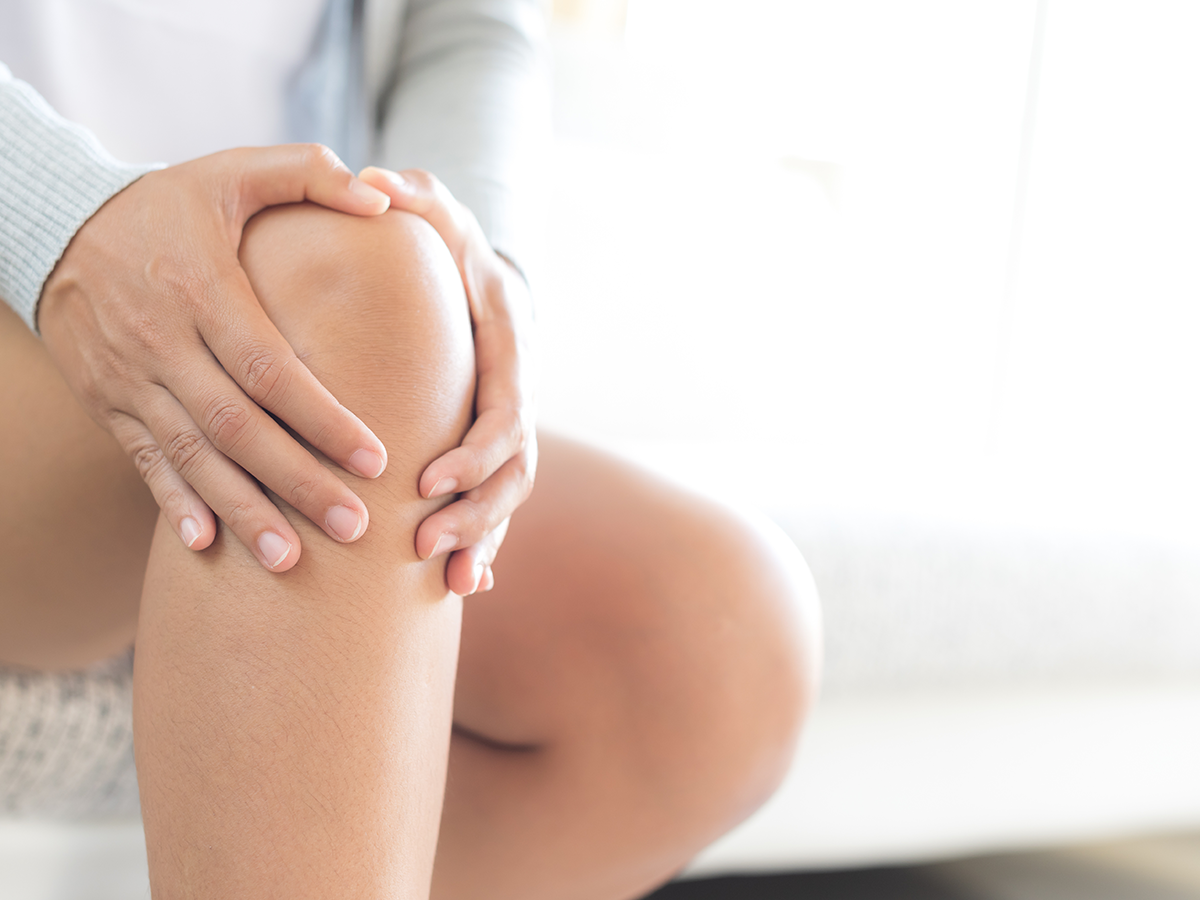 Anterior cruciate ligament, or ACL, injuries are one of the most common among athletes. Each year, approximately 150,000 ACL injuries occur in the United States, particularly in sports that involve cutting, pivoting and jumping — such as soccer, basketball, football and skiing.
Anterior cruciate ligament, or ACL, injuries are one of the most common among athletes. Each year, approximately 150,000 ACL injuries occur in the United States, particularly in sports that involve cutting, pivoting and jumping — such as soccer, basketball, football and skiing.
ACL injuries account for 50 percent of all knee injuries in sports. Research shows that female athletes in basketball and soccer are two to eight times more likely to sustain an ACL injury compared to their male counterparts.
Amit Momaya, M.D., chief of University of Alabama at Birmingham Sports and Exercise Medicine, Department of Orthopaedic Surgery, specializes in ACL reconstruction and is the leading UAB surgeon treating ACL concerns in athletes of all levels, from youth sports to the professional stage.
“Female athletes are at higher risk for ACL injuries due to multiple factors, including neuromuscular control, landing techniques, anatomic differences in the knee such as notch size, quad-to-hamstring strength ratios and training styles,” Momaya said.
It is crucial for athletes, coaches and medical professionals to recognize the early signs that could indicate a torn or sprained ACL.
“Most ACL tears happen with non-contact mechanisms,” Momaya said. “Athletes should look out for a pop with subsequent swelling. Thereafter, athletes should look out for knee instability and the knee giving out.”
Take proactive measures
Taking proactive measures can significantly reduce the risk of ACL injuries from occurring.
UAB Medicine Physical Therapy at Dunnavant Valley is the newest clinic location for UAB Sports and Exercise Medicine, providing physical therapy services to both athletes and the general population. Learn more by visiting uabmedicine.org.
“Athletes should work on dynamic stability and landing techniques,” Momaya said. “Soft landings with mild knee flexion are usually safer than hard landings with knees extended. Also, it is important to keep hamstrings strong relative to quadriceps for proper stability.”
Following an ACL reconstruction, around 80 percent of athletes return to a relative level of sports, while only 60 percent regain their pre-injury level of performance. To reduce the risk of reinjury, Momaya emphasizes the importance of gradual rehabilitation and objective strength testing before returning to play.
“In order to safely return to sport after an ACL injury, I recommend isokinetic testing for strength and functional hop testing,” Momaya said. “We try to get approximately 85-90 percent limb symmetry when possible. We recommend waiting at least nine months to decrease chance of recurrence.”
UAB Sports and Exercise Medicine partners with UAB Sports Medicine Physical Therapy to provide comprehensive training and rehabilitation for athletes recovering from ACL injuries. UAB sports medicine providers, athletic trainers and physical therapists work directly with teams and athletes to address ACL concerns and other knee injuries, ensuring a safe return to competition. To make an appointment, call 205-930-8339.